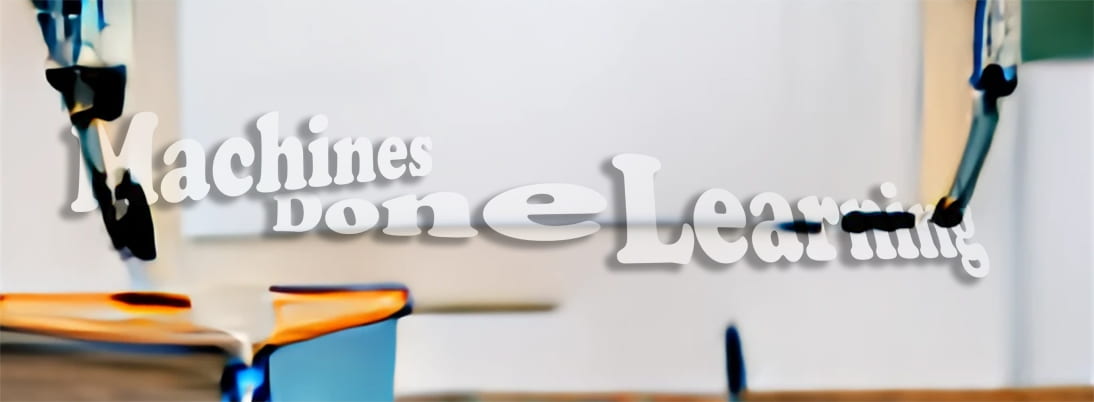 Trans-Species Skins is a themed art exhibition exploring skin as a metaphor and substance that transcends species categories. Skin is the multilayered and multipurpose organ that shifts from thick to thin, tight to loose, wet to dry, across the landscapes of bodies and machine interfaces. Natural and artificial skin responds to heat, cold, pleasure and pain. It lacks boundaries and flows seamlessly from exposed surfaces to our internal cavities real and virtual. It is a self-repairing, semi-permeable surface, with inner layers that are flush with nerves and glands, sensors and chips. New tools allow artists, designers, and engineers to look at a new emerging organicism that takes shape across the surface of the grown and manufactured. Skins can modulate meaning, touch, function and can provide feedback and change with light and heat. Flexible membranes embedded with sensors and materials are bent, impregnated, or inflated to become structure. Re-skinning allows deceit; the non-living can approximate life, and the living can appear otherwise.
Trans-Species Skins is a themed art exhibition exploring skin as a metaphor and substance that transcends species categories. Skin is the multilayered and multipurpose organ that shifts from thick to thin, tight to loose, wet to dry, across the landscapes of bodies and machine interfaces. Natural and artificial skin responds to heat, cold, pleasure and pain. It lacks boundaries and flows seamlessly from exposed surfaces to our internal cavities real and virtual. It is a self-repairing, semi-permeable surface, with inner layers that are flush with nerves and glands, sensors and chips. New tools allow artists, designers, and engineers to look at a new emerging organicism that takes shape across the surface of the grown and manufactured. Skins can modulate meaning, touch, function and can provide feedback and change with light and heat. Flexible membranes embedded with sensors and materials are bent, impregnated, or inflated to become structure. Re-skinning allows deceit; the non-living can approximate life, and the living can appear otherwise.
This semester, students in the Art & Technology courses – ranging from animation, art-science, digital imaging, and 3D modeling to robotics – have created individual and group artworks related to this theme and they will be presenting them in this juried exhibition.
Opening Wednesday, December 6, 5:00pm – 8:00pm
Open hours: Thursday, December 7, 11:00am – 5:00pm & Friday Dec 8, 11:00am – 4:00pm
Where: Hopkins Hall Gallery, Lobby, Corridor, and Collaboratory – directions
Admission is free and open to the public


 An To unmute is to press a button and speak up; to change our status, come alive, and raise our voice. An action we’ve gotten to know these past few years.
An To unmute is to press a button and speak up; to change our status, come alive, and raise our voice. An action we’ve gotten to know these past few years.





 Art & Technology exhibition
Art & Technology exhibition
 Trans-Species Skins is a themed art exhibition exploring skin as a metaphor and substance that transcends species categories. Skin is the multilayered and multipurpose organ that shifts from thick to thin, tight to loose, wet to dry, across the landscapes of bodies and machine interfaces. Natural and artificial skin responds to heat, cold, pleasure and pain. It lacks boundaries and flows seamlessly from exposed surfaces to our internal cavities real and virtual. It is a self-repairing, semi-permeable surface, with inner layers that are flush with nerves and glands, sensors and chips. New tools allow artists, designers, and engineers to look at a new emerging organicism that takes shape across the surface of the grown and manufactured. Skins can modulate meaning, touch, function and can provide feedback and change with light and heat. Flexible membranes embedded with sensors and materials are bent, impregnated, or inflated to become structure. Re-skinning allows deceit; the non-living can approximate life, and the living can appear otherwise.
Trans-Species Skins is a themed art exhibition exploring skin as a metaphor and substance that transcends species categories. Skin is the multilayered and multipurpose organ that shifts from thick to thin, tight to loose, wet to dry, across the landscapes of bodies and machine interfaces. Natural and artificial skin responds to heat, cold, pleasure and pain. It lacks boundaries and flows seamlessly from exposed surfaces to our internal cavities real and virtual. It is a self-repairing, semi-permeable surface, with inner layers that are flush with nerves and glands, sensors and chips. New tools allow artists, designers, and engineers to look at a new emerging organicism that takes shape across the surface of the grown and manufactured. Skins can modulate meaning, touch, function and can provide feedback and change with light and heat. Flexible membranes embedded with sensors and materials are bent, impregnated, or inflated to become structure. Re-skinning allows deceit; the non-living can approximate life, and the living can appear otherwise.